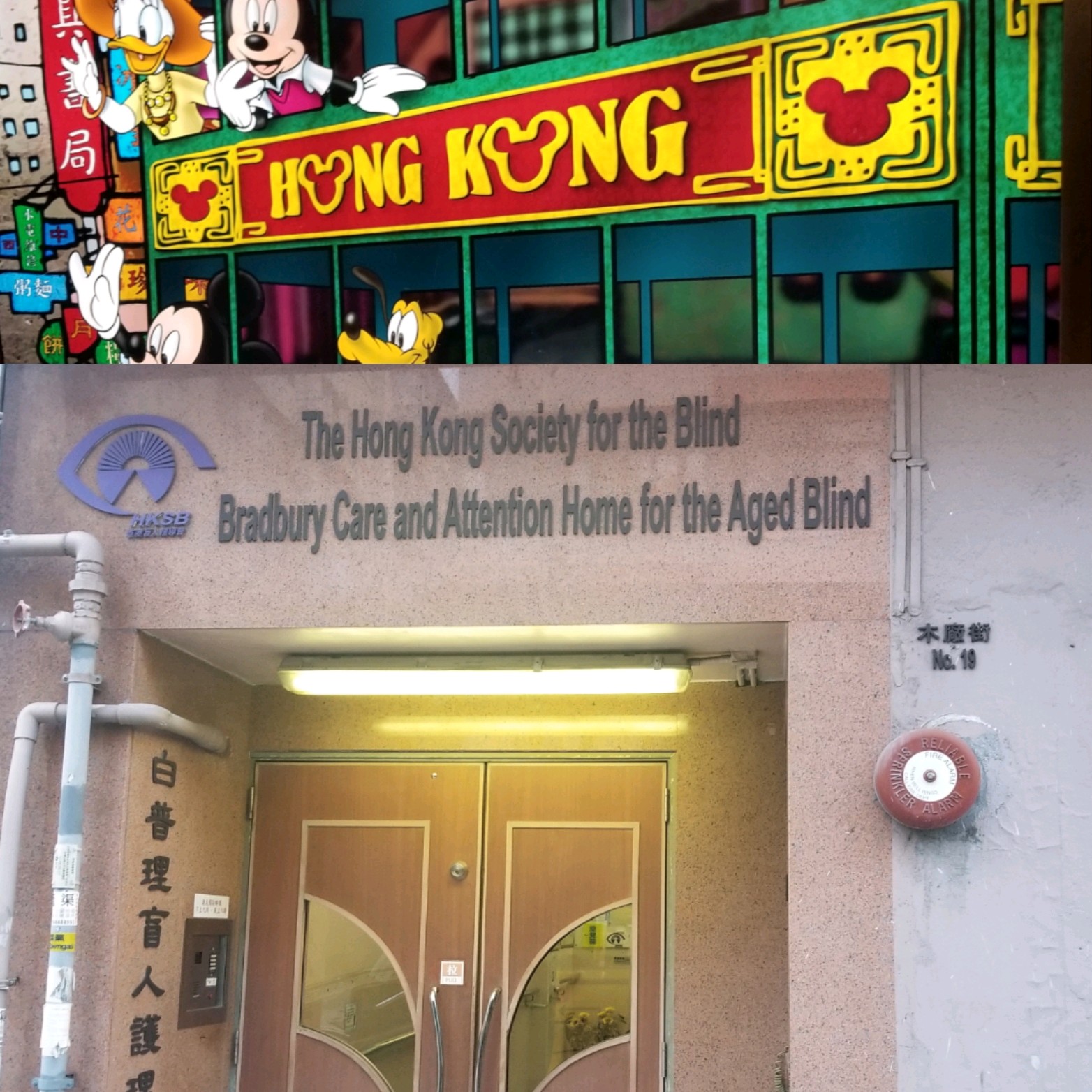In our family, we are aware of at least two relatives — one is an ancestor — who were and are visually impaired. In our lineage, Great Aunt Ada Chitwood Wilkes, became blind during our Grandmother Helen Wilkes Owen Douthy’s youth. The other visually impaired — fully blind — relative is John Charles Kimbrough, 36, son of Ann Wead Kimbrough of Good Genes Genealogy.
On Oct. 15, 2022, we honor White Cane Safety Day by sharing what we know of our Great Aunt Ada. She and Great Uncle Cecil Wilkes, were co-principal caregivers for Grandmother Helen along with her mother, Edna Wilkes Robinson, the Good Genes Genealogy team, Mark Owen and Kimbrough.
“I remember ‘Mom’ was blind and yet, she could really cook and sew,” said Angeline Cecil Owen Wead, eldest daughter of Grandmother Helen, also the mother and aunt of the Good Genes Genealogy team.
Ancestry.com research confirmed the abilities of Great Aunt Ada and Great Uncle Cecil inhabited a home in 1934 that confirmed her occupation. We suggest that all readers of this blog research ancestors who were differently abled by asking questions of your living relatives. That is how we learned about the life of Great Aunt Ada. She transitioned on Nov. 19, 1955 in Omaha, Nebraska, several years following the death of her husband, Great Uncle Cecil.

White Cane Day Safety Day is one way to pause and observe the challenges our ancestors faced while navigating the sighted U.S. prior to the enactment of the Americans with Disabilities Act in 1990. The signing of the U.S. law followed years of discrimination lawsuits and awareness campaigns by advocates and individuals who knew well the hurdles faced by those with mental, emotional and physical ailments.
The United States does not have the lock on providing legislation to protect and support those with visual and other disabilities. While in Hong Kong, Good Genes Genealogy’s Ann Wead Kimbrough, learned firsthand of the societal accommodations for its elderly and disabled residents. For instance, streetlights, public signage and private facilities showcased its welcoming adjustments for “specially abled” individuals.

Here are some ideas on how to honor our ancestors on White Cane Safety Day:
- Ask questions of relatives to learn about ancestors who were partially or wholly blind or otherwise visually impaired.
- Research those lives of ancestors and conduct additional searches of how their lifestyles intersected with public accommodations, private settings and more.
- Write about what you have discovered. Keep our ancestors stories in front of our families and friends.

